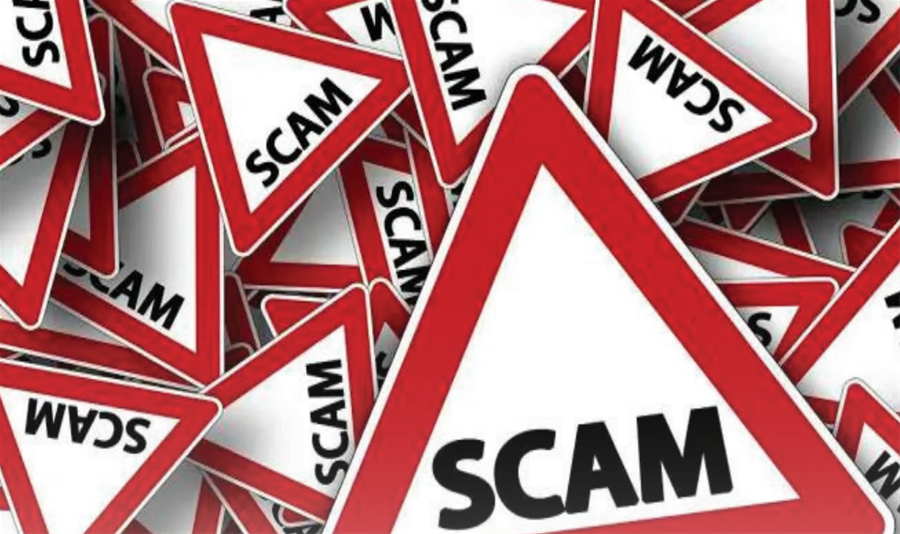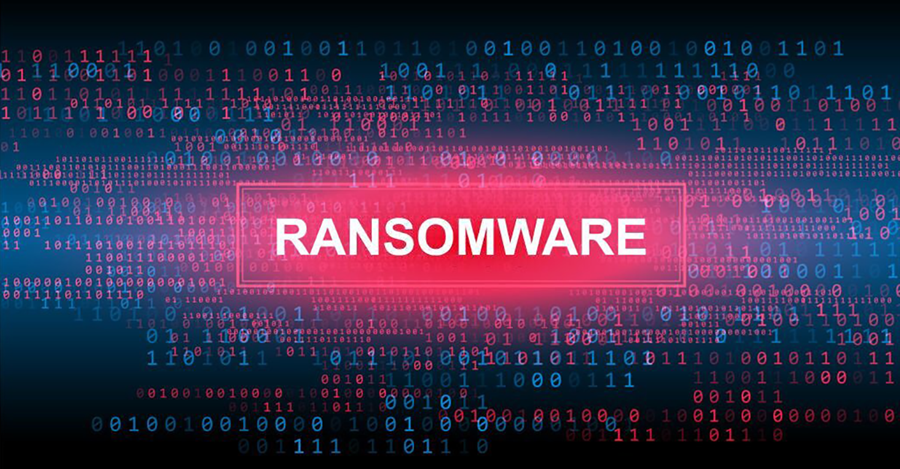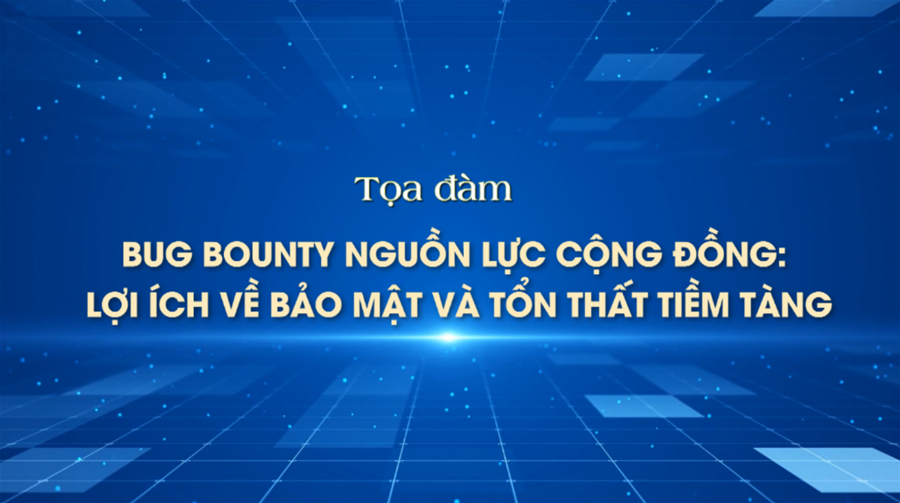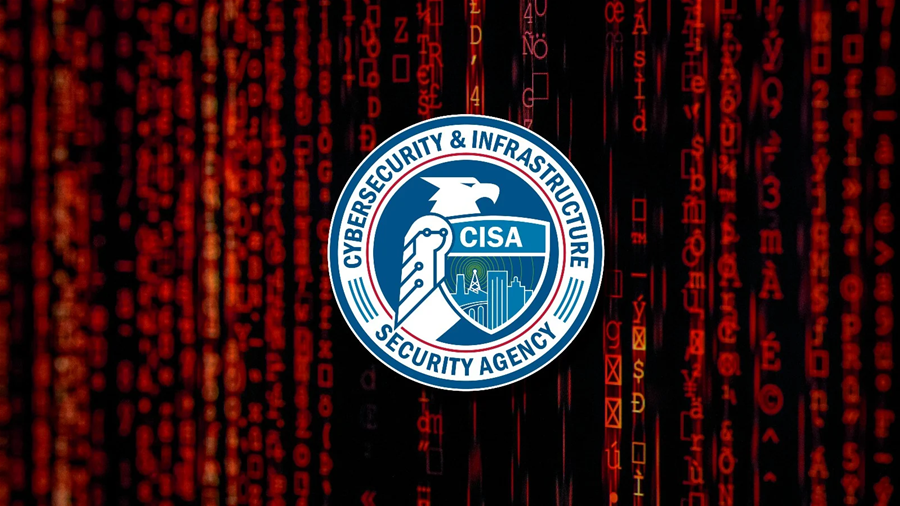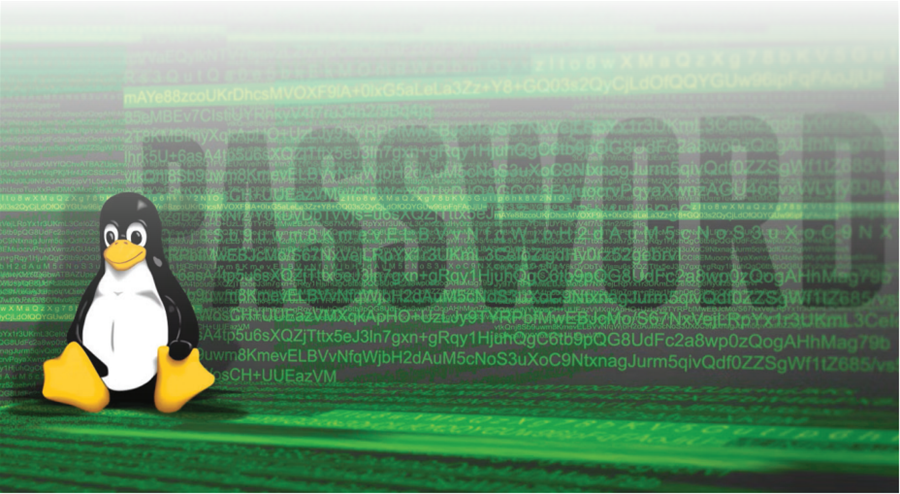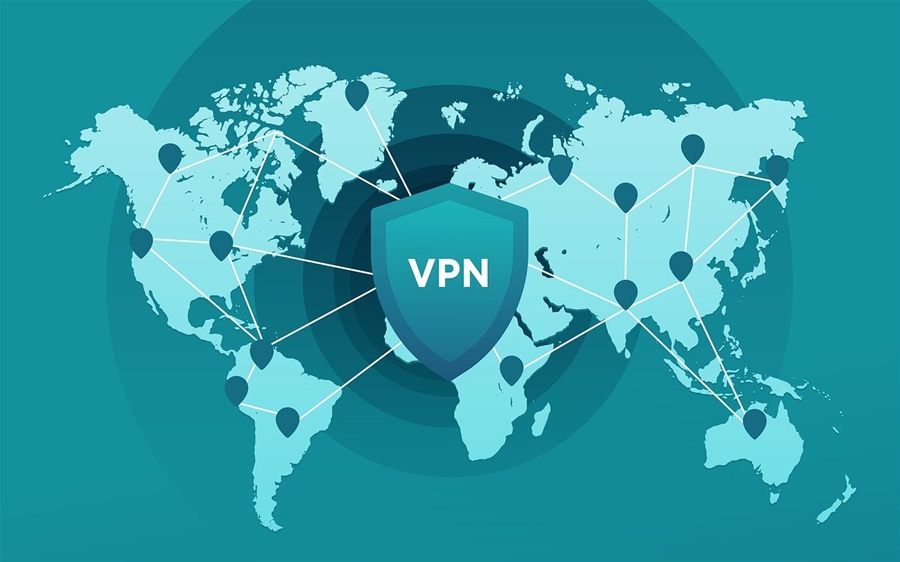Robust text watermarking based on line shifting
Tóm tắt — Bài báo trình bày cách tiếp cận để bảo vệ dữ liệu văn bản in bằng cách nhúng vào văn bản một đoạn thủy vân trong quá trình in. Bảo vệ dữ liệu dựa trên việc sử dụng thủy vân bền vững có khả năng chống lại sự chuyển đổi định dạng dữ liệu văn bản sang dữ liệu hình ảnh. Sau quá trình phân tích các hệ thống thủy vân số hiện có, nhận thấy việc lựa chọn một mô hình thủy vân bền vững là hợp lý. Do yêu cầu thực tế và các hạn chế của phương pháp nhúng thủy vân vào dữ liệu văn bản hiện có, bài báo đưa ra phương pháp nhúng mới được phát triển dựa trên một thuật toán ẩn mã sử dụng cách thay đổi khoảng cách giữa các dòng trong văn bản. Bài báo đưa ra một sơ đồ khối và mô tả thuật toán nhúng thông tin vào dữ liệu văn bản. Các thực nghiệm về khả năng nhúng và khả năng che giấu thông tin với tri giác thông thường của dữ liệu nhúng cũng được trình bày. Bài báo cũng nêu cách tiếp cận để trích xuất thông tin được nhúng từ các hình ảnh có chứa thủy vân bền vững. Bên cạnh đó, chúng tôi cũng đưa ra các giới hạn về khả năng ứng dụng của phương pháp dựa trên các thực nghiệm, các đánh giá về độ chính xác của việc trích xuất được dữ liệu và độ mạnh của phương pháp nhúng mới này đối với các phép biến đổi ảnh khác nhau.
Xem toàn bộ bài báo tại đây.
|
REFERENCES [1]. Analytical center InfoWatch. “Global Data Leak Report 2017”, 2018. https://infowatch.com/report 2017 (accessed: 13/06/2018) (in Russian). [2]. “Analytical center InfoWatch. Information Security Incidents Caused by Resigning Employees”. A Study by InfoWatch, 2018. https://infowatch.com/report%5CUEBA2017; (accessed: 13/06/2018) (in Russian). [3]. A. Mostafa [et al.]. “Mostafa A. Consumer Privacy Protection in Digital Right Management: A Survey”, International Journal of Computer Information Systems and Industrial Management Applications, Vol. 9, pp. 218–231, 2017. [4]. M. M. Azad, A. H. S. Ahmed, A. Alam. “Azad M. M. Digital Rights Management”0. International Journal of Computer Science and Network Security. Vol. 10, no. 11, pp. 24–33, 2010. [5]. Kanagasingham P. “Data Loss Prevention P. Kanagasingham”, Sans institute, pp. 1–31, 2008. [6]. Milano D. “Content control: Digital watermarking and fingerprinting”, D. Milano, White Paper, Rhozet, a business unit of Harmonic Inc.,Vol. 30, pp. 1–11, 2012. [7]. Gribunin V. “Digital steganography V. Gribunin”, I. Okov, I. Turincev, Moscow: SOLON-Press, pp. 262 (in Russian), 2017. [8]. A. V. Kozachok [et al.]. “Review of the current methods for robust image hashing”, Computer optics, Vol. 4, no. 5, pp. 743–755 (in Russian), 2017. [9]. Salomon D. “Data privacy and security: encryption and information hiding”, Springer Science & Business Media, pp.469, 2003. [10]. Woo C.-S. “Digital image watermarking methods for copyright protection and authentication”, Queensland University of Technology, pp. 197, 2007. [11]. Phadikar “A. Robust Watermarking Techniques for Color Images”, April, 2009. [12]. Kozachok A. V. “Robust watermark as technique to text data leakage prevention” A. V. Kozachok, S. A. Kopylov, M. V. Bochkov Information Security. INSIDE.Vol. 82, no. 4, pp. 1–8 (in Russian), 2018. [13]. Rathore A, S. Rawat. “A Secure Image and Text Steganography Technique”, International Journal for Research in Applied Science & Engineering Technology (IJRASET), Vol. 3, no. 5, pp. 506–509, 2015. [14]. Agarwal M. “Text steganographic approaches: a comparison”, International Journal of Network Security & Its Applications (IJNSA). Vol. 5, no. 1, pp. 91–106, 2013. [15]. Pamulaparty L, N. Rao. “Text Steganography: Review”, International Journal of Computer Science and Information Technology & Security (IJCSITS),Vol. 6, no. 4, pp. 80–83, 2016. [16]. Saraswathi V, ”, M. S. Kingslin. “Different Approaches to Text Steganography: A Comparison”, International Journal of Emerging Research in Management & Technology. Vol. 9359, no. 11, pp. 124–127, 2014. [17]. Kumar K, S. Pabboju, N. M. S. Desai. “A. Advance text steganography algorithms: an overview”, International Journal of Research and Applications. Vol. 1, no. 1, pp. 31–35, 2014. [18]. Rani N, J. Chaudhary. “Text Steganography Techniques: A Review”, International Journal of Engineering Trends and Technology (IJETT). Vol. 4, no. 7, pp. 3013–3015, 2013. [19]. Singh H, A. Diwakar, S. Upadhyaya. “A Novel Approach to Text Steganography”, International Congress on Computer, Electronics, Electrical, and Communication Engineering (ICCEECE2014). Vol. 59, no. 1, pp. 8–12, 2014. [20]. Kozachok A. V, S. A. Kopylov. “The embedding approach to robust watermarking in text data”, 2018. URL:http://www.ruscrypto.ru/resource/archive/rc2018/files/11%5CKozachok%5CKopylov.pdf. (accessed: 13.06.2018) (in Russian). [21]. Word 2007: Rich Text Format (RTF) Specification, version 1.9.1. – 2008. – URL: https://www.microsoft.com/en/us/download/details.aspx?id= 10725 (accessed: 13.06.2018). [22]. [MS-DOC] Word (.doc) Binary File Format. – 2017. – URL: http://interoperability.blob.core.
windows.net/files/MS-DOC/%5C%5BMS-DOC%5C%5D.pdf (accessed: 13.06.2018).
[23]. [MS-DOCX] Word Extensions to the Office Open XML (.docx) File Format. – 2017. – URL: http:// interoperability. blob . core . windows . net / files / MS - DOCX/%5C%5BMS-DOCX%5C%5D.pdf (accessed: 13.06.2018. [24]. ISO TS. 171/SC 2: ISO 32000–1: 2008 Document Management-Portable Document Format-Part 1: PDF 1.7. – 2008. [25]. ISO TS. 171/SC 2: ISO 32000–2: 2017 Document Management-Portable Document Format-Part 2: PDF 2.0. – 2017. [26]. A. V. Kozachok [et al.]. “An approach to a robust watermark extraction from images containing text”, SPIIRAS Proceedings (in Russian),Vol. 5(60), pp. 128–155, 2018. [27]. IEC/TR. 61948-2:2001 “Nuclear medicine instrumentation. Routine tests”. Part 2. Scintillation cameras and single photon emission computed tomography imaging. Moscow: Standartinform, (in Russian), pp.11, 2009. [28]. Bahaghighat M. K, J. Mohammadi. “Novel approach for baseline detection and Text line segmentation”, International Journal of Computer Applications. Vol. 51, no. 2, pp. 9–16, 2012. [29]. Reynolds D. “Gaussian mixture models”, Encyclopedia of biometrics, pp. 827–832, 2015. |
Thông tin trích dẫn: Alexander Kozachok, Sergey Kopylov, “Robust text watermarking based on line shifting”, Nghiên cứu khoa học và công nghệ trong lĩnh vực An toàn thông tin, Tạp chí An toàn thông tin, Vol. 07, No.1, pp. 3-13, 2018.
Alexander Kozachok, Sergey Kopylov



